
Key facts:
Takes places on Koenigsufer or King’s Embankment, the very heart of the historic city of Dresden, the capital of Saxony.
2019 is the second year the FIS World Cup stage is organized by Dresden and, by all accounts, all involved see it as a success – the “license” to hold the FIS competition was recently extended till 2022.
Dresden Skiweltcup in numbers
– 4000 cubic meters of snow ( compared to the last year’s 3000 – the organizers learned some lessons there and made a surplus)
– track length 1600 meters. Yes, it’s mostly flat hence longer distance
– over 2000 paying spectators expected
– 290 volunteers to prepare tracks and help organizers
– 53.000.000 viewers across Europe saw an inaugural Skiweltcup Dresden in 2018 on television and online. This year the organizers expect even more.
Budget deserves to be looked at in detail – perhaps, other potential ski events organizers would learn a thing or two:
– 1.2 million Euros. Quite likely, the biggest one for any FIS World Cup event of the season excluding World Championships in Seefeld ( and that one has ski jumping and Nordic combined on the program, so difficult to compae directly)
Of total budget 300K comes from the city of Dresden and another 300K from the Free Saxony state within the Federal Republic of Germany
600K comes from sponsors and ticket sales. Sponsors include such names as SAP and Coca-Cola to name but a few.
Biggest expenditure: TV production that SkiWeltCup Dresden does itself using local production houses. Some 60 specialists are involved. The signal is distributed ( a nice word for re-sold) internationally via Infront that has exclusive deal with FIS.
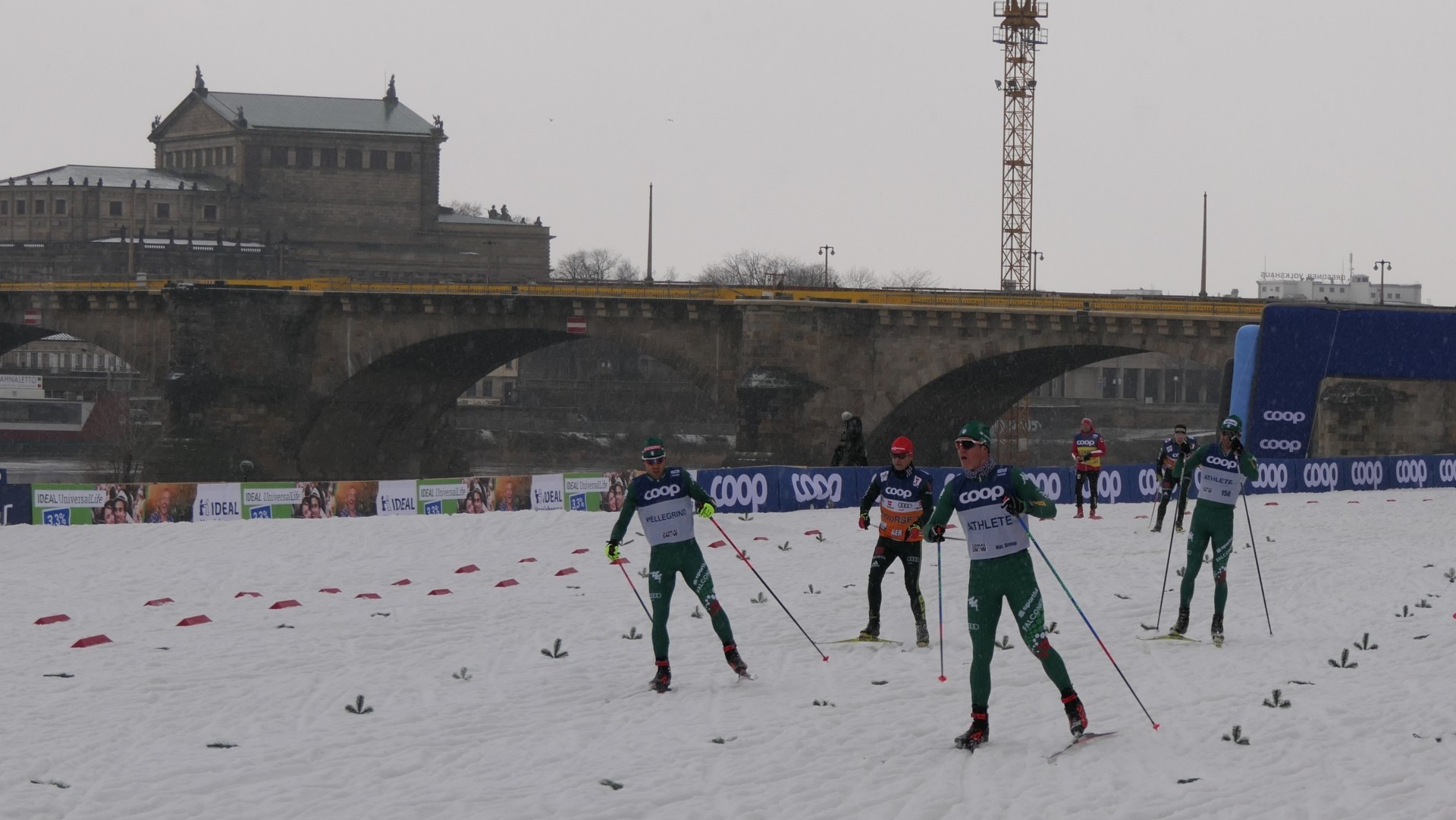
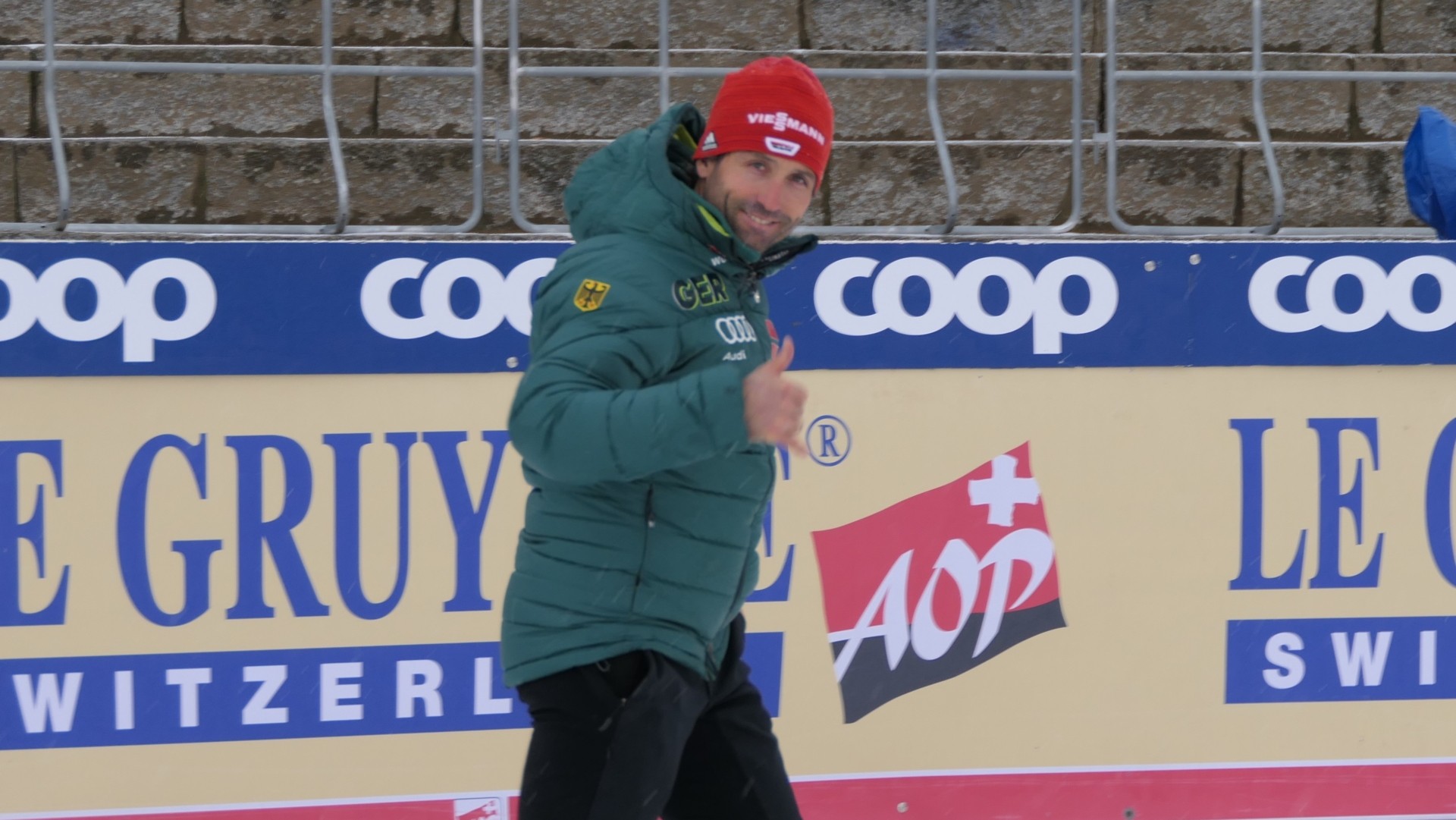
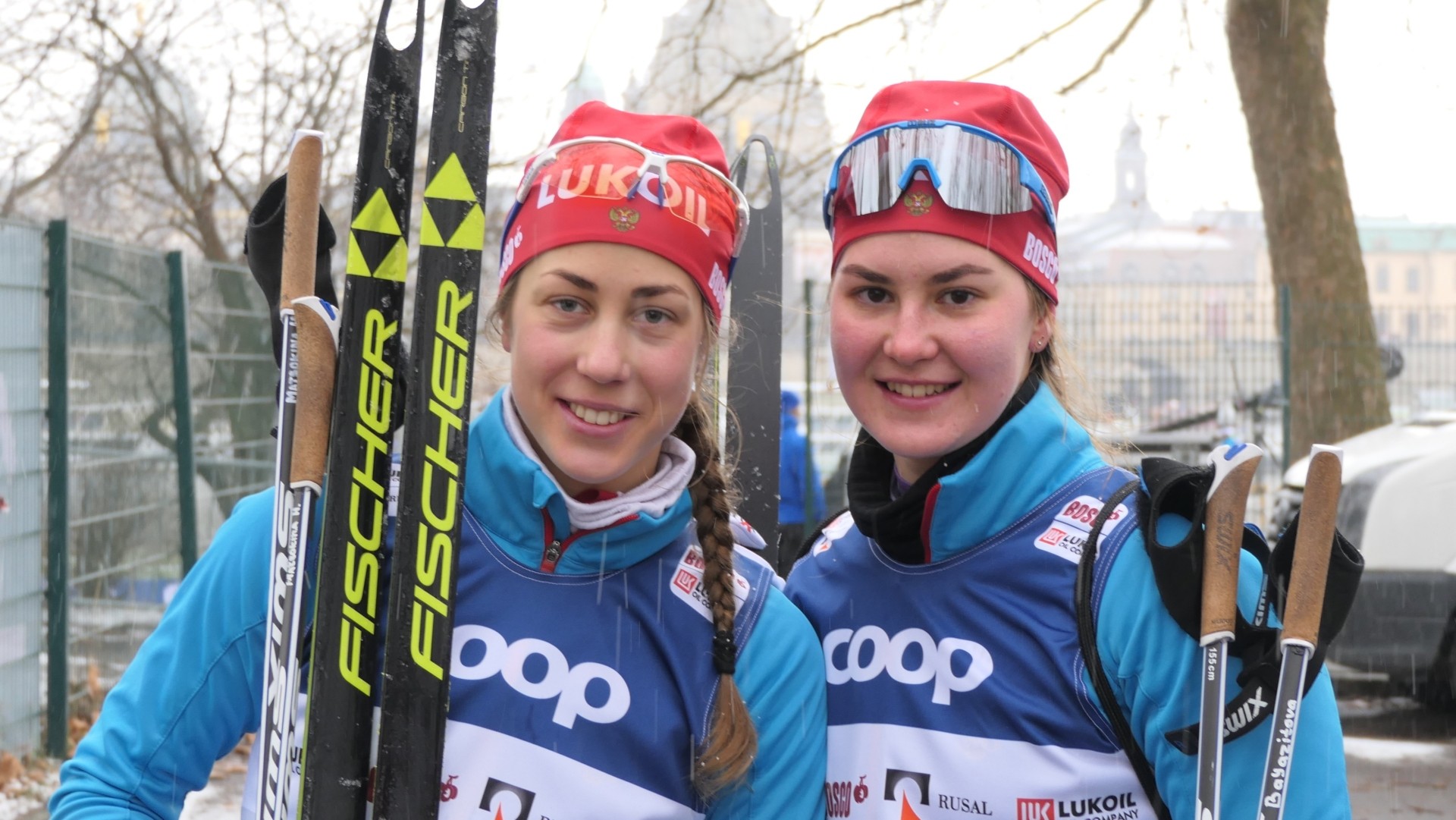
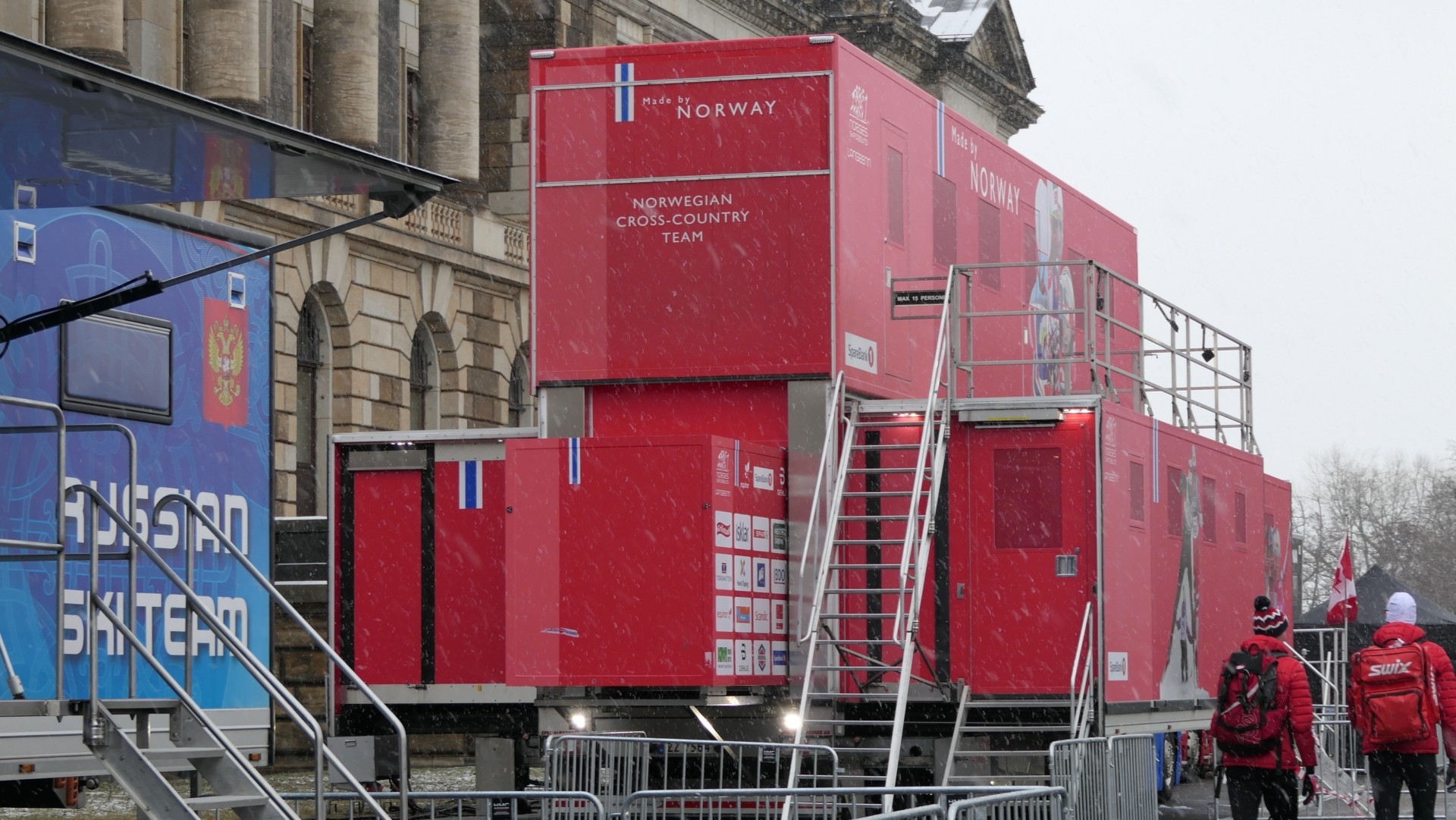
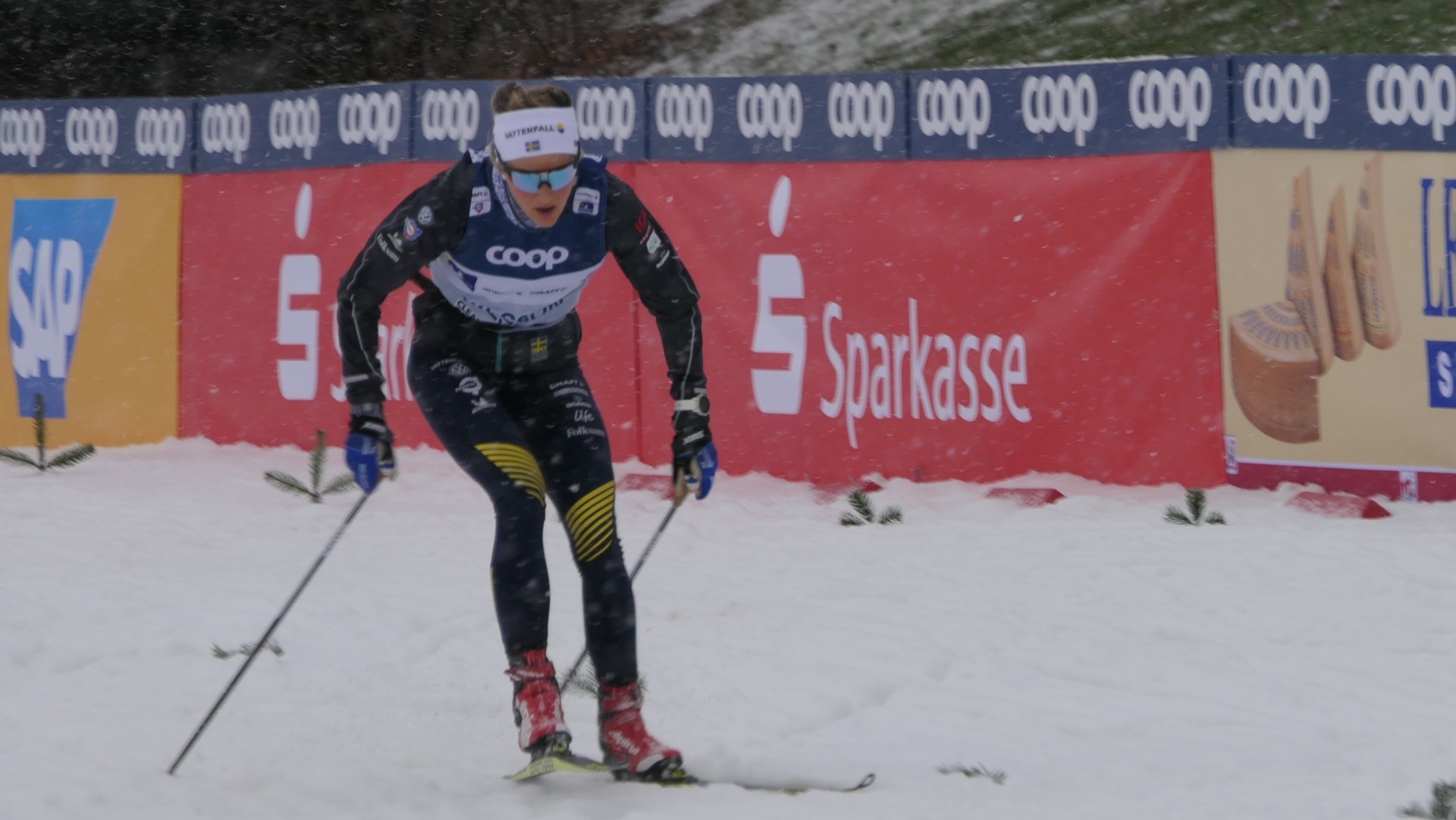
Things we liked:
– More than just a skiing. By Friday afternnoon many a skier and a fan were taking advantage of location and seen exploring historic Old Town with its fantastic Der Zwinger.
– Convenience for athletes and fans alike: the track is a stone’s thow from the hotel skiers are staying. Not a small thing for road-weary athletes.
– Many a young athlete gets a chance to prove her/his mettle in absence of some stars.
Things we liked considerably less:
– Almost totally flat track is not everybody’s idea of sprint. Excellent chance to demonstrate a flat-surface technique though.
– Held less than a week after Tour de Ski. Which means a whole constellation of top stars e.g. Klaebo, Ustiugov, Diggins, Bolshunov etc. are skipping Dresden being too exhausted . Pellegrino and Nilsson – as well as most of the other Top 10 sprinters – are very much present and look determined to win.
– FIS and IBU could not synchronize their respective calendars, sadly. Two of the most important events on a Central Europe’s winter sports agenda are happening at the same time in close proximity: Dresden Skiweltcup and Biathlon WC Cup in Oberhof. As a result, many fans had to choose one or another.
In conclsusion:
Yes, city sprints like Dresden is not our poppa’s kind of forest skiing. It’s a spectators’ sport similar to aforementioned biathlon (although nothing stops you from emulating Stina in Dresden on your local frozen & snowed-over pond). To keep cross country skiing alive, the sport needs to come to the cities – and Dresden is doing an excellent job of showing how it could be done.
